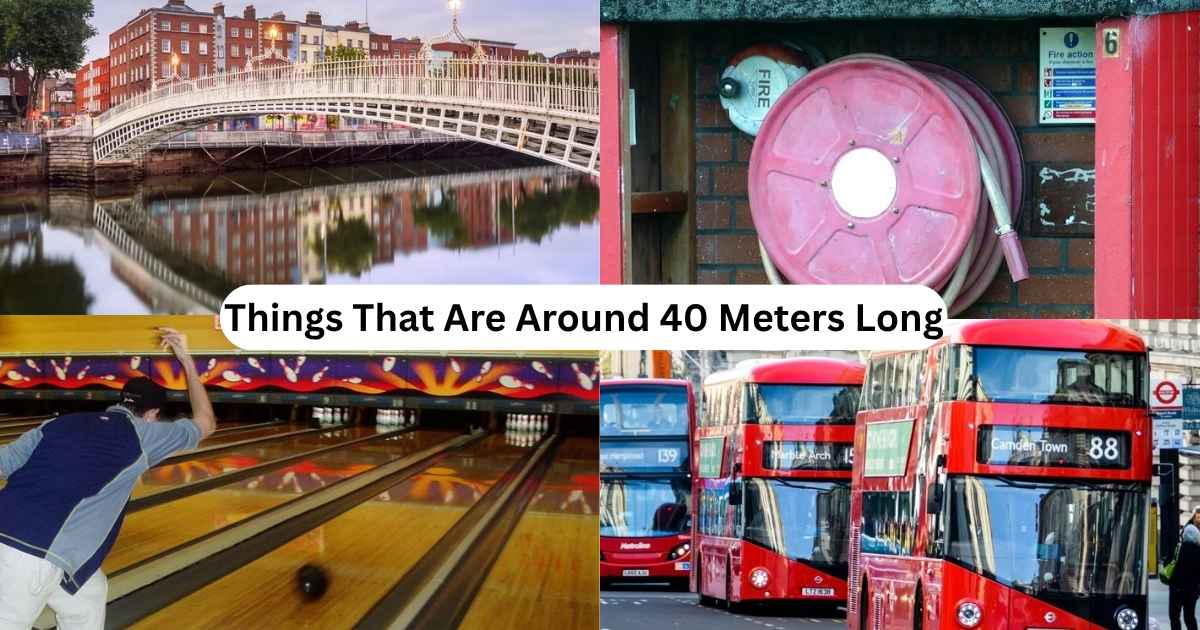40 meters is equal to about 131 feet. But that number alone doesn’t always help. It’s easier to understand when we compare it to things you see in real life – like the length of a school bus, a swimming pool, or even how far you walk in 30 seconds.
In this article, we’ll break down how long 40 meters really is using real-world examples you already know. We’ll also show you how to convert it to feet, and give you a list of famous or everyday objects that are about 40 meters long. That way, the next time someone says “40 meters,” you’ll picture it clearly -without needing a calculator.
How Long is 40 Meters?
When someone says “40 meters,” it can feel like an abstract number unless you visualize it. To put it in simple terms, 40 meters equals about 131 feet. That’s more than the length of a basketball court and about as long as four standard school buses lined up.
It’s not a small distance. In fact, you’d need to walk for roughly 25 to 30 seconds at a casual pace to cover it. Whether you’re trying to picture a track sprint, a city sidewalk, or the width of a park, 40 meters is a useful reference point.
Everyday Things That Are Around 40 Meters Long
A standard Olympic swimming pool is either 25 or 50 meters long – so 40 meters falls perfectly in between. Imagine yourself swimming from one end to just before the far wall, and you’ve covered roughly 40 meters.
1. Olympic Swimming Pool
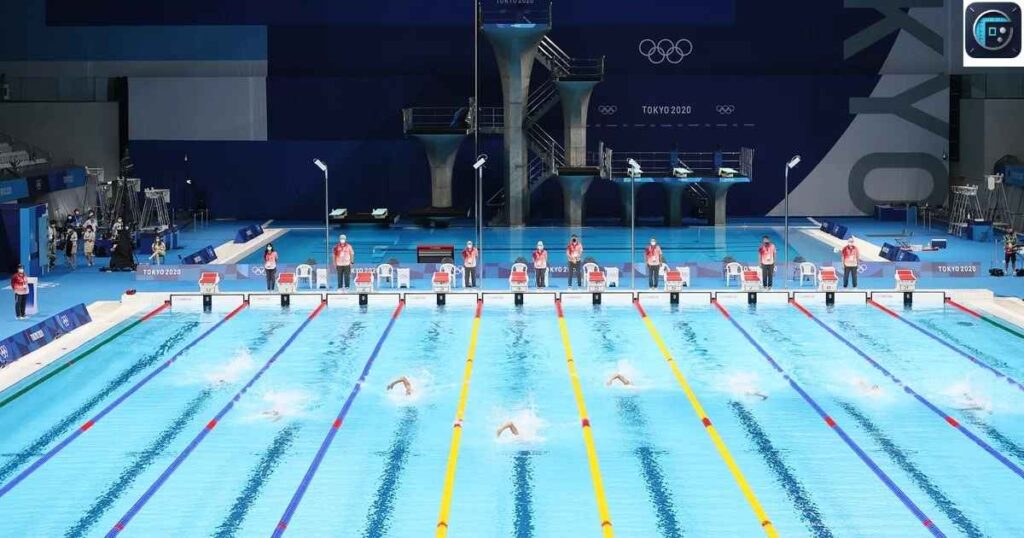
An Olympic-sized swimming pool is 50 meters long, but many competitive and training pools are slightly shorter. A 40-meter stretch is just 10 meters short of the full length, making it easy to imagine when you’re poolside.
If you’ve ever watched competitive swimmers do laps, you’ll know how much space one lap covers. Visualizing 40 meters is like watching someone swim almost all the way across without touching the end.
So next time you’re at a large public pool, picture stopping just before the far wall – that gap? Around 40 meters.
2. Half a City Block
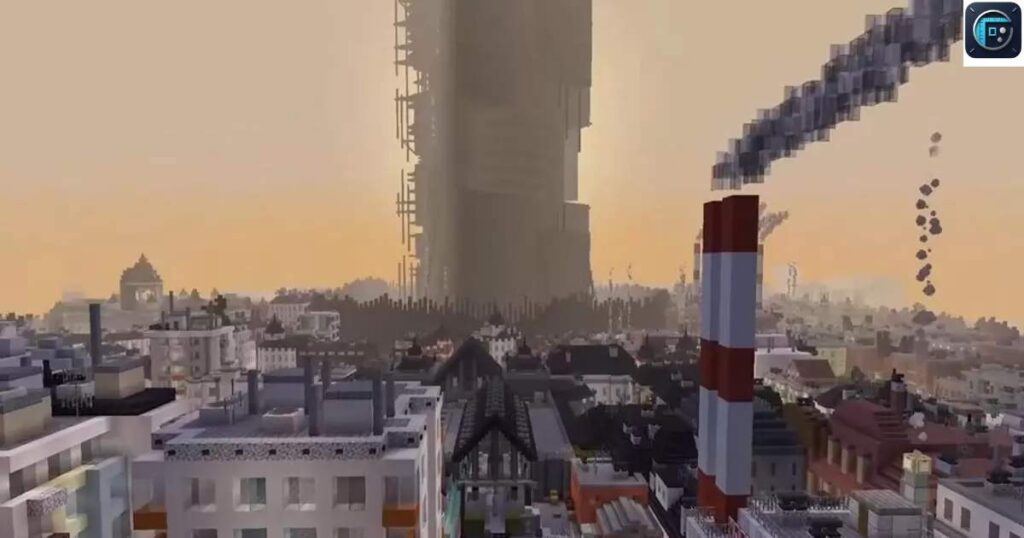
In many cities, a standard block ranges from 80 to 100 meters in length. That means 40 meters is roughly half of one – a distance you often walk without thinking.
It’s the space between stop signs, light poles, or the distance across a small park or plaza. You’ve likely covered it in under a minute during a normal walk.
This makes it one of the easiest real-world references to grasp without using a ruler or phone app.
3. Ten Mid-Size Cars

The average mid-size car is about 4 meters long. Line up ten of them bumper-to-bumper and you have a neat 40-meter row.
Whether you’re in a parking lot, traffic jam, or passing cars on a street, this visual appears in daily life more than you realize.
Next time you’re waiting at a red light, just count the cars in front – ten in a row gives you a sense of the distance instantly.
4. Passenger Train Coach

A standard passenger train coach, like those used in subways or intercity trains, often measures close to 25-30 meters. Add a portion of another coach and you’re around the 40-meter mark.
If you’ve ever walked from one end of a coach to the other, you’ve already experienced most of the distance – adding a little more gives you a full sense.
It’s also easy to picture the space between train doors or along a station platform, which often matches or exceeds this length.
5. Small Ferris Wheel
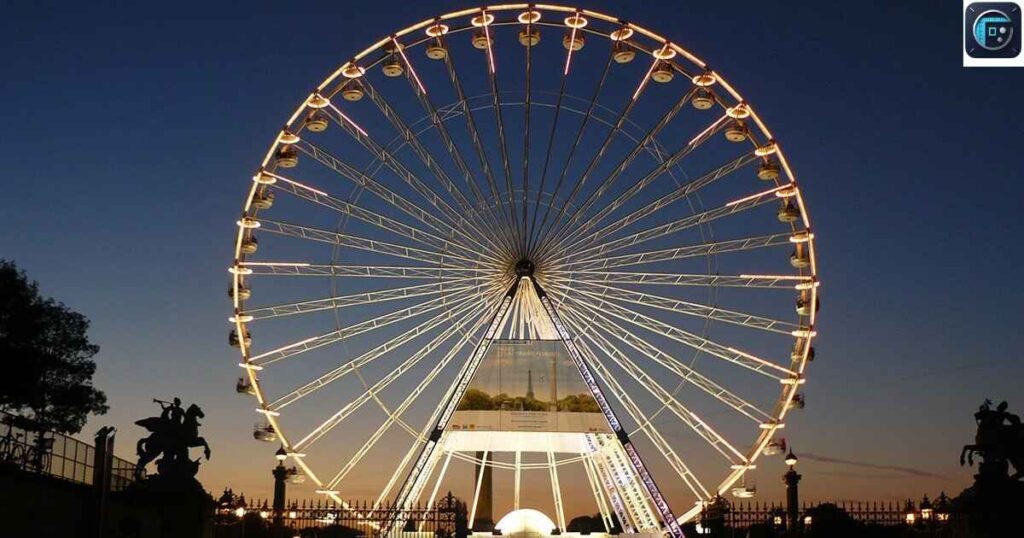
Many small Ferris wheels, like those at local fairs or amusement parks, reach a height close to 40 meters at their highest point.
If you’ve ridden one, you’ve experienced this distance vertically – looking down from the top shows how far the ground really is.
It’s a great visual reminder that 40 meters isn’t just horizontal distance – it can feel just as long when going up.
6. Six London Taxis
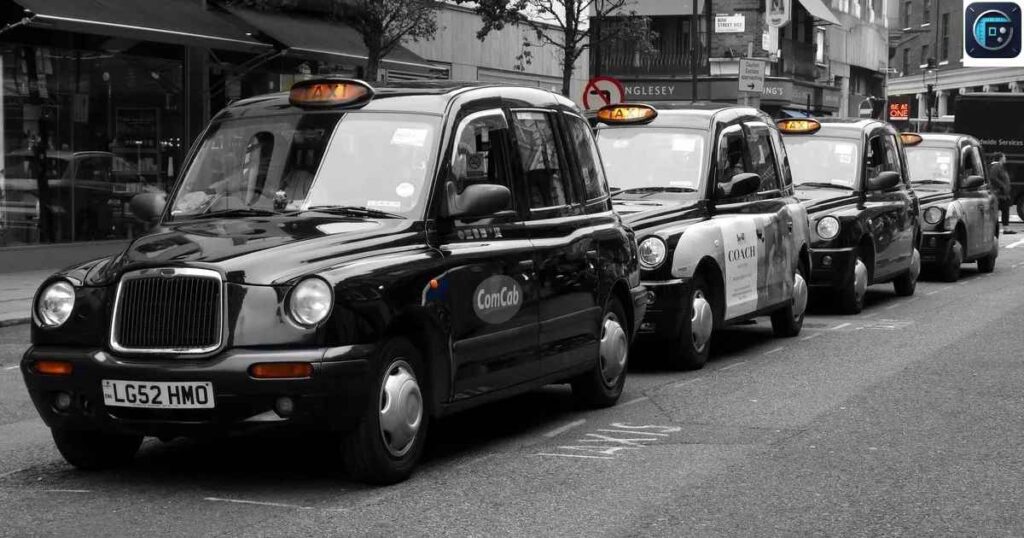
A typical London black cab is just under 7 meters long. Line up six of them, and you’ll be right around 40 meters.
London taxis are iconic and easy to picture, especially in movies or photos of city traffic.
The image of these taxis parked or in line helps make the number real – it’s a familiar sight with clear spacing.
Read More <<>> How Long Is 150 Feet? Things That Are 150 Feet
7. Four Bowling Lanes
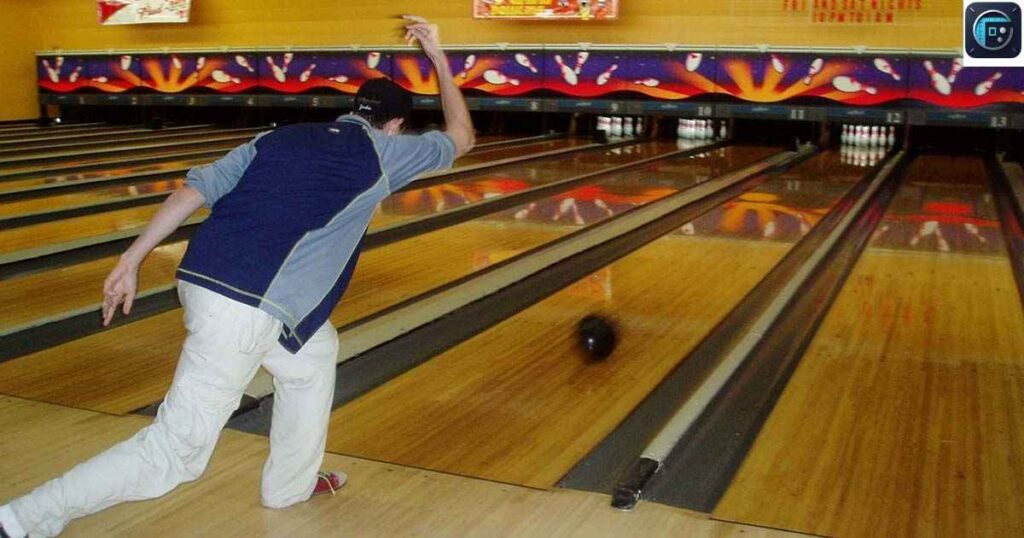
A regulation bowling lane is about 18.3 meters from foul line to pins. Two lanes would be roughly 36.6 meters; four lanes side-by-side stretch even farther.
Most bowling alleys show this scale clearly – next time you’re at one, count the lanes from left to right and visualize that collective width.
It’s a surprising but helpful comparison that makes 40 meters easier to picture inside a building.
8. Soccer Field (Width)

While full soccer fields vary in size, many professional fields are around 40-50 meters wide (from sideline to sideline).
This width gives players enough room to move and stretch the game out – so if you’ve ever watched or played, you’ve seen 40 meters in action.
It’s a dynamic reference because you’re not just visualizing a space – you’re seeing people move through it at speed.
9. Fire Hose Reel (Extended)
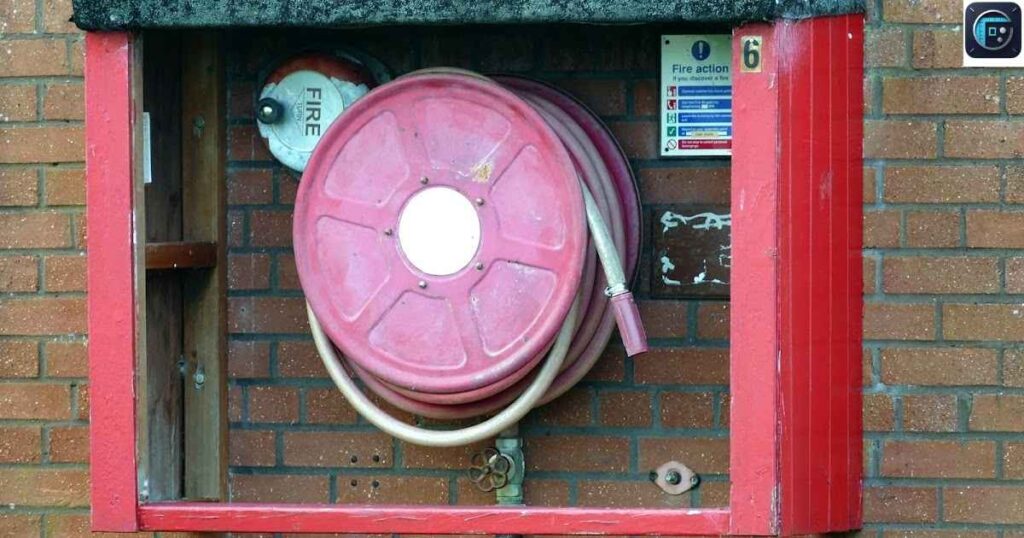
Some industrial or firefighting hose reels can stretch up to 40 meters when fully unwound.
If you’ve seen firefighters or emergency workers roll out hoses during a drill or emergency, you’ve seen that length in motion.
It’s a good example of how 40 meters is useful in life-saving equipment – not just everyday convenience.
10. Statue of Liberty (Base to Torch)
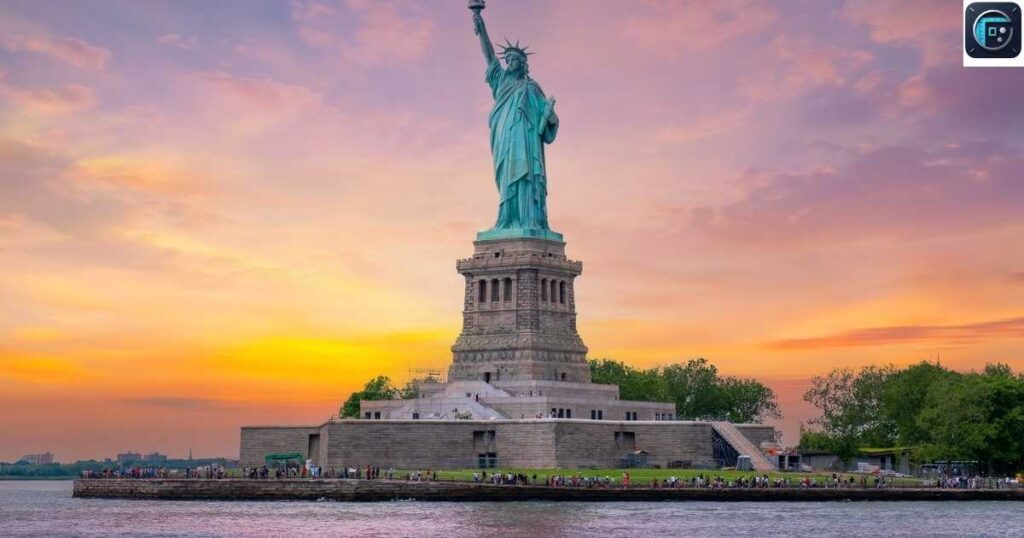
From the base of the pedestal to the torch, the Statue of Liberty rises to about 46 meters. So 40 meters takes you most of the way up this world-famous icon.
If you’ve ever seen it in person or in photos, you can imagine just how far 40 meters reaches – it’s nearly the full height of Lady Liberty.
This is one of the most powerful examples, showing how 40 meters is a scale used in national monuments and towering structures.
11. Two Tennis Courts

Each tennis court (including the area behind the baseline) is about 20–23 meters long. Put two of them end to end, and you have your 40 meters.
It’s easy to picture during matches when players sprint to the baseline – imagine two courts lined up like a runway.
This helps you estimate distance even when you’re indoors, using a space that many people are already familiar with.
12. Ha’Penny Bridge (Ireland)
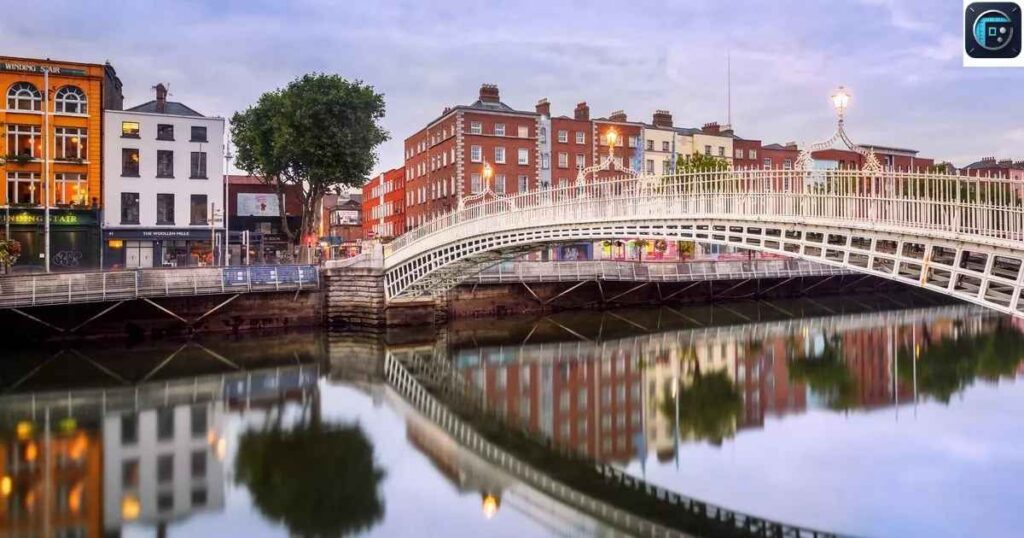
The famous Ha’Penny Bridge in Dublin spans just over 43 meters across the River Liffey.
It’s a pedestrian-only bridge, so when you walk across it, you’re practically walking a full 40 meters.
Landmark comparisons like this help bring abstract measurements into real experiences.
13. 4 London Double-Decker Buses
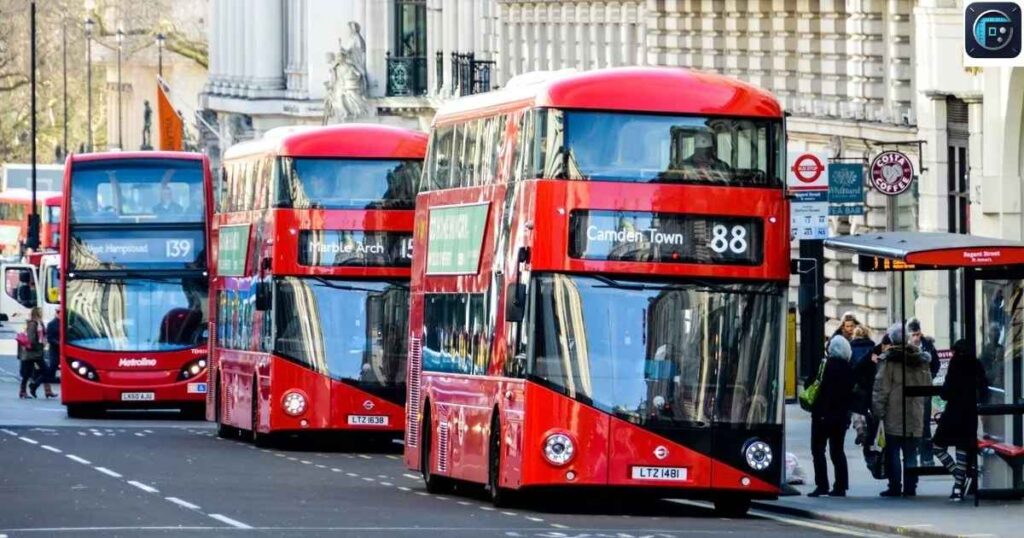
Each red London double-decker bus is around 10 meters long. So four of them lined up make a perfect 40-meter stretch.
This iconic symbol of the UK is easy to imagine and even easier to compare thanks to its standard size.
Whether in traffic or on a city tour, these buses give a reliable visual for estimating large distances.
14. Two-Fifths the Height of Big Ben

Big Ben’s tower (Elizabeth Tower) is about 96 meters tall. Two-fifths of that height is roughly 38-40 meters.
If you imagine starting at the base and climbing almost halfway up, you’ve experienced this distance vertically.
Famous landmarks like this help create a mental image of scale in a single glance.
15. 3 Semi-Trailer Trucks
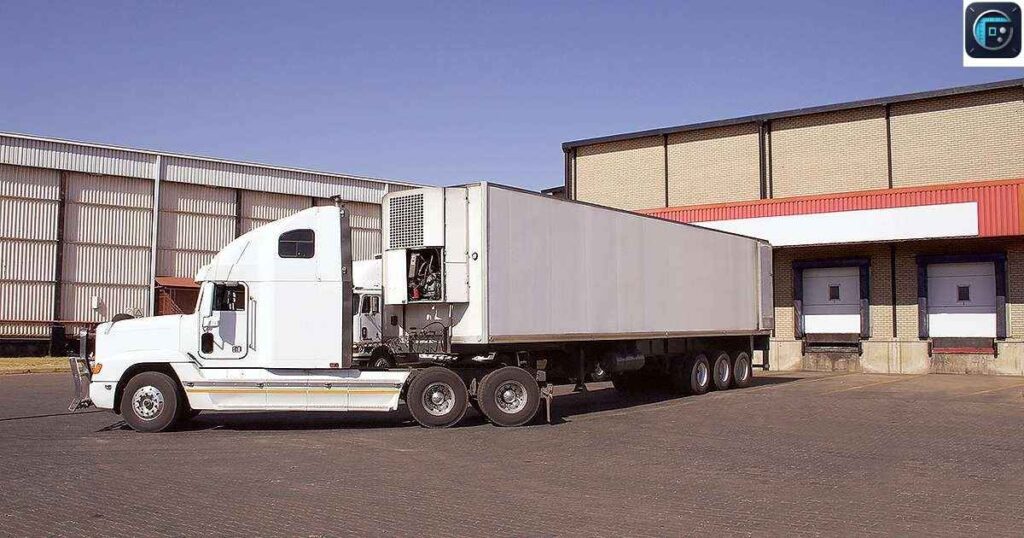
Each full semi-truck with trailer can stretch between 13 and 15 meters. Line up three of them, and you’ll get very close to 40 meters.
These trucks are common on highways and in logistics centers – and they’re hard to miss.
Seeing a row of three is not unusual, which makes it a quick and practical way to measure large distances without tools.
Read More <<>> How Long Is 450 Feet? Things That Are 450 Feet
Understanding 40 Meters in Nature
Nature gives us some incredible visuals to help understand this length. For instance, an adult blue whale – the largest animal on Earth – can grow up to 20 meters. So, two blue whales in a row stretch to around 40 meters. That’s a jaw-dropping reference.
If you’ve ever walked through an old forest, you’ve probably looked up at trees that reach this height. Mature pine or spruce trees can grow between 35 to 45 meters, so standing under one gives a true sense of the vertical distance.
Practical Applications of 40-Meter Measurements
This distance isn’t just for textbooks – it’s used in real life all the time. In construction, workers often use 40-meter measuring tapes to mark out walls, fences, or boundaries on large properties. It’s a practical unit for mapping small land plots.
In fitness and sports, coaches often mark 40-meter sprint tracks to test acceleration and short-distance speed. It’s common in training sessions for soccer, rugby, or athletics. Athletes know exactly how long this feels.
Visualizing 40 Meters in Urban Settings
City life offers many relatable examples. In a typical neighborhood, half a city block is close to 40 meters. That’s roughly the distance between two intersections or across a small plaza.
Think about cars: line up ten mid-sized sedans end to end. That’s about 40 meters too. You often walk that far in a parking lot without realizing it – from your car to the store entrance, for example.
Tips for Remembering 40-Meter References
It’s much easier to remember a length when you tie it to familiar things. One simple trick: think in cars. Most cars are around 4 meters, so ten in a row gets you very close to 40 meters.
Another helpful tip is to relate it to time. Walking 40 meters takes about 30 seconds at a slow, comfortable pace. So if you ever need to estimate the distance, count your steps or use time as a reference.
Conclusion
Understanding how long 40 meters really is can be surprisingly simple when you connect it to things you already know and see in daily life. Whether it’s the length of a short city block, the height of a small Ferris wheel, or the size of a train coach, real-world examples help put this measurement into perspective.
You don’t need to rely on a ruler or tape measure to picture 40 meters. Using visual landmarks like cars, buildings, sports fields, and vehicles makes it easier to estimate and relate to. These familiar references turn abstract numbers into something real and useful.
FAQ’s
How deep is 40m in feet?
40 meters equals approximately 131.23 feet. You can think of it as a little over 130 feet – about the height of a 12-story building.
What building is 40 meters tall?
A typical 10 to 12-story apartment building or an office tower falls within the 40-meter range. These are found in most cities and suburbs.
How far is 40 meters to walk in feet?
Walking 40 meters is like walking 131 feet. Most people can cover that in 30–40 seconds at a regular pace.
What is 40 meters tall?
Things like small observation towers, wind turbines, and certain roller coasters can reach 40 meters tall. Some public monuments also come close to this height.
How tall is 40 in feet?
The number 40 in meters converts to about 131 feet. If you’re talking about a vertical distance, it’s like the height of a 12-story building.

